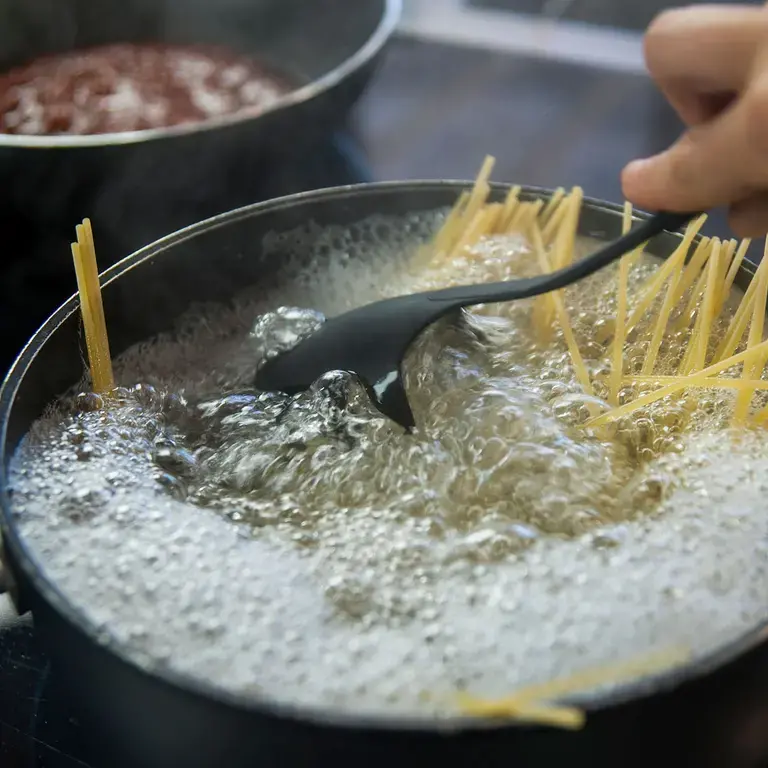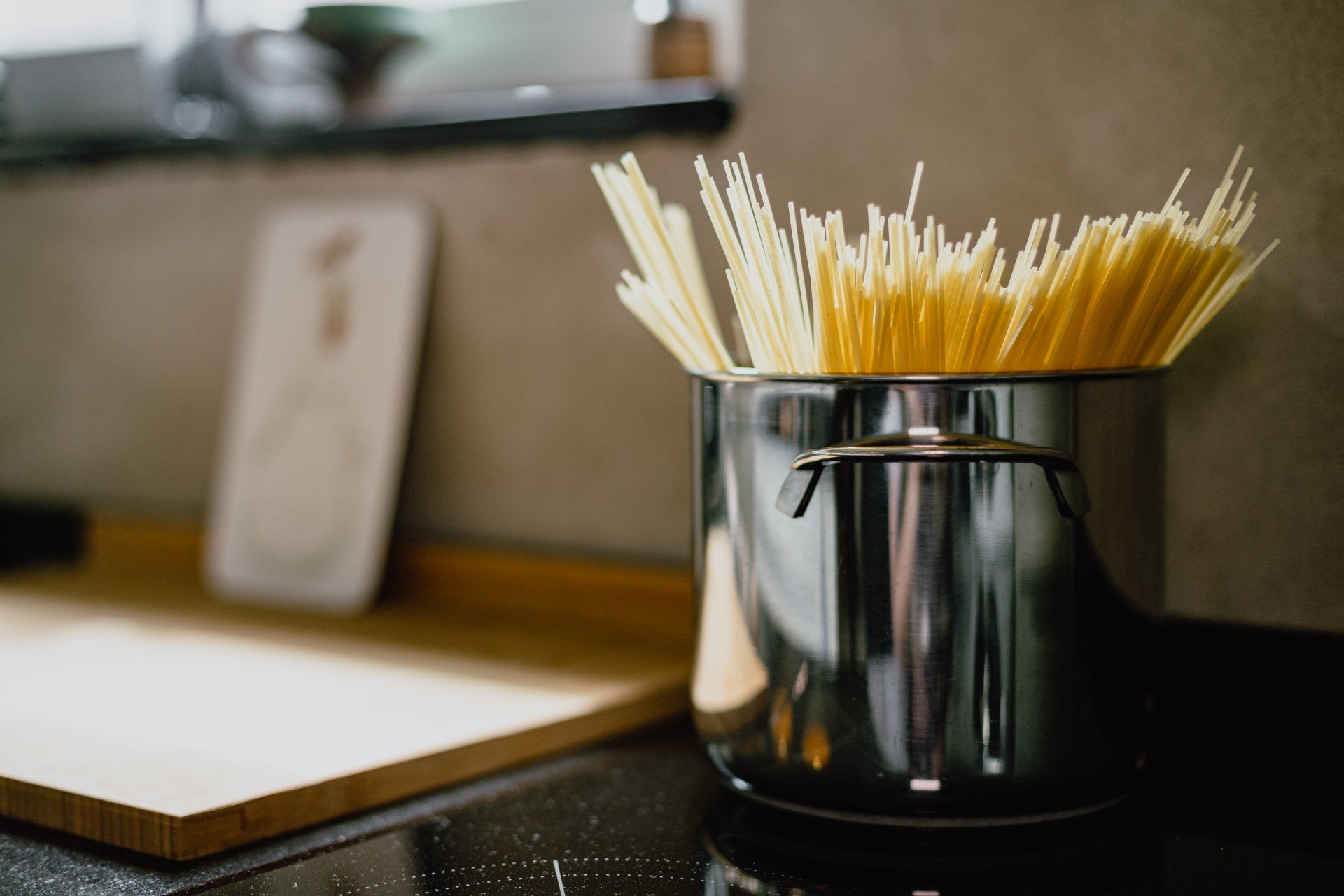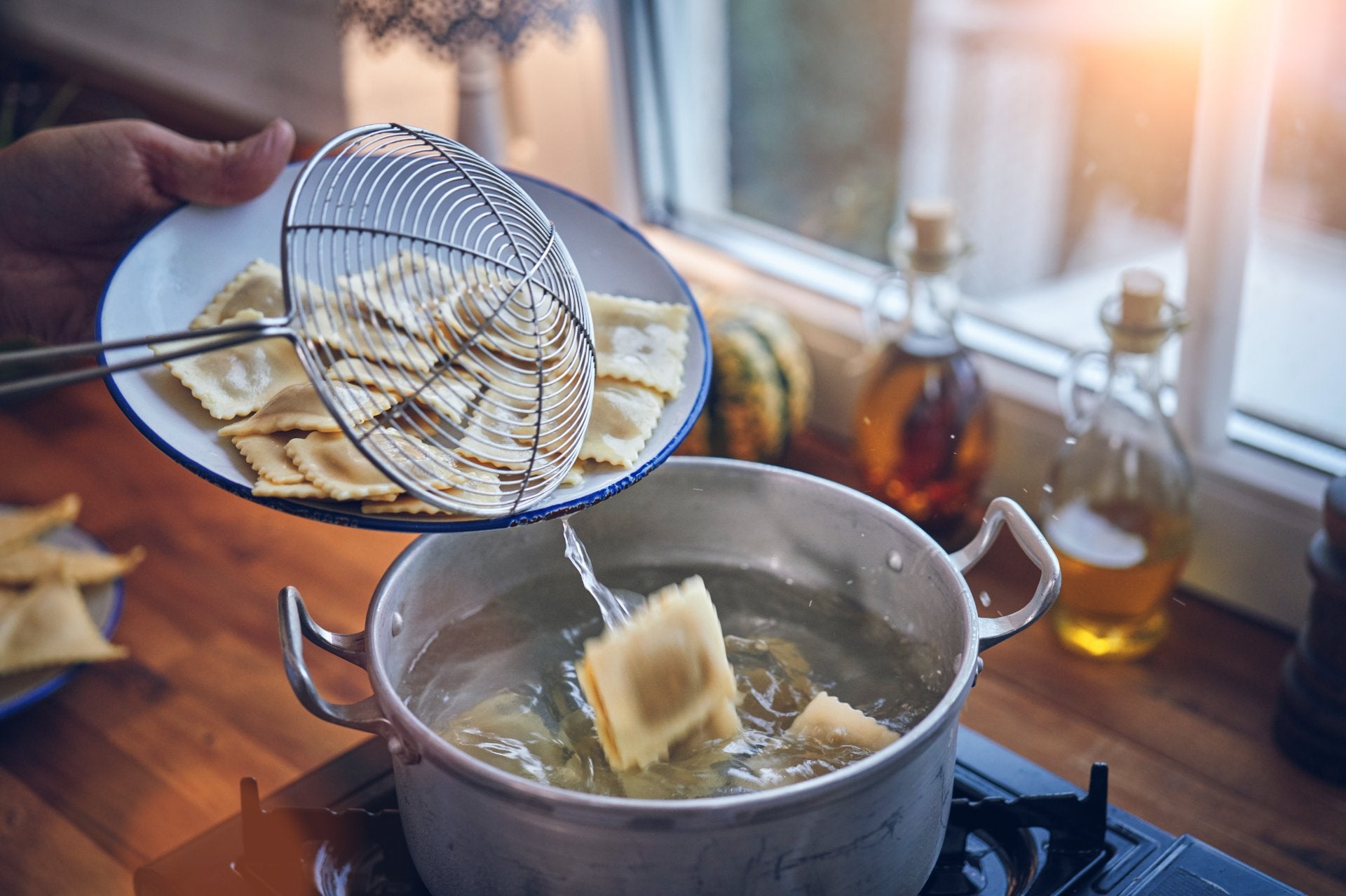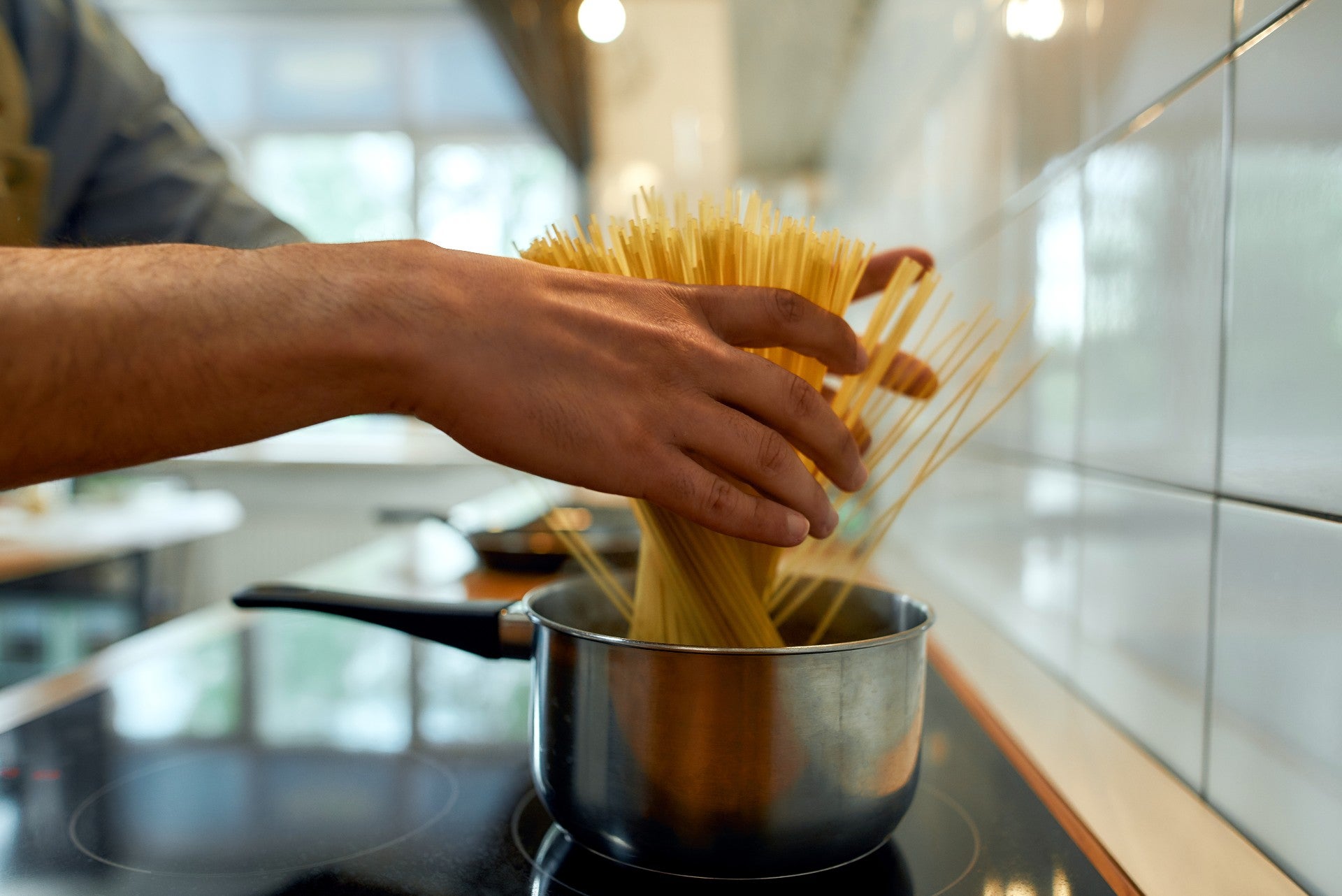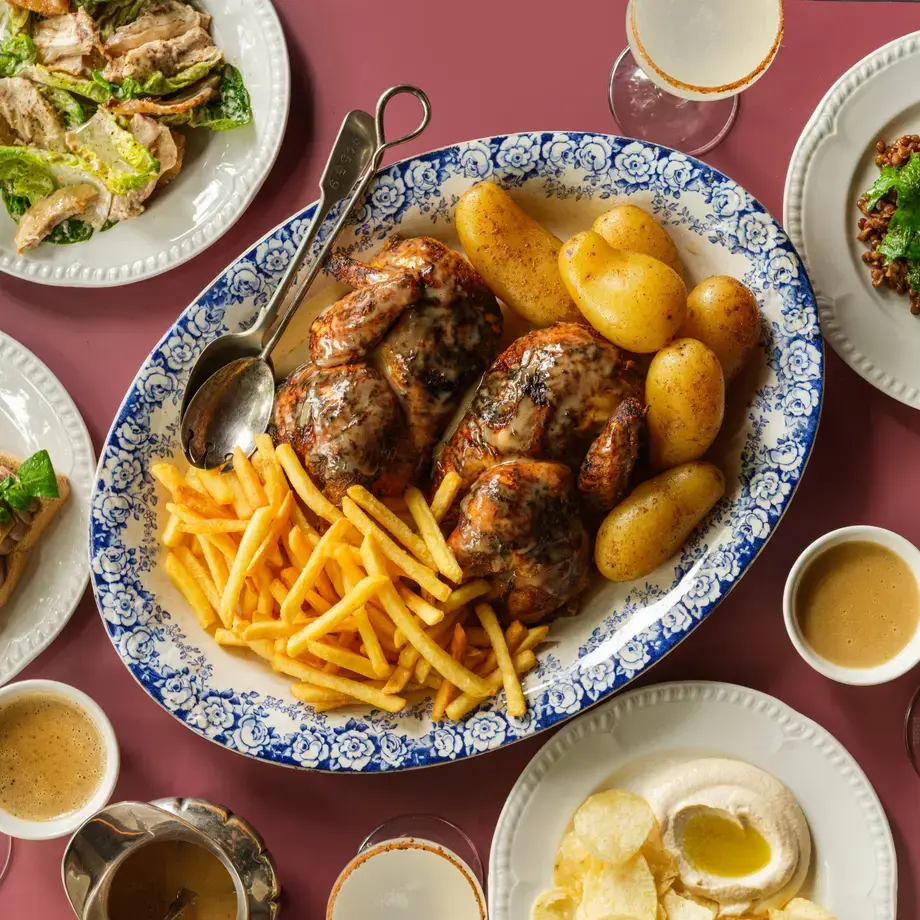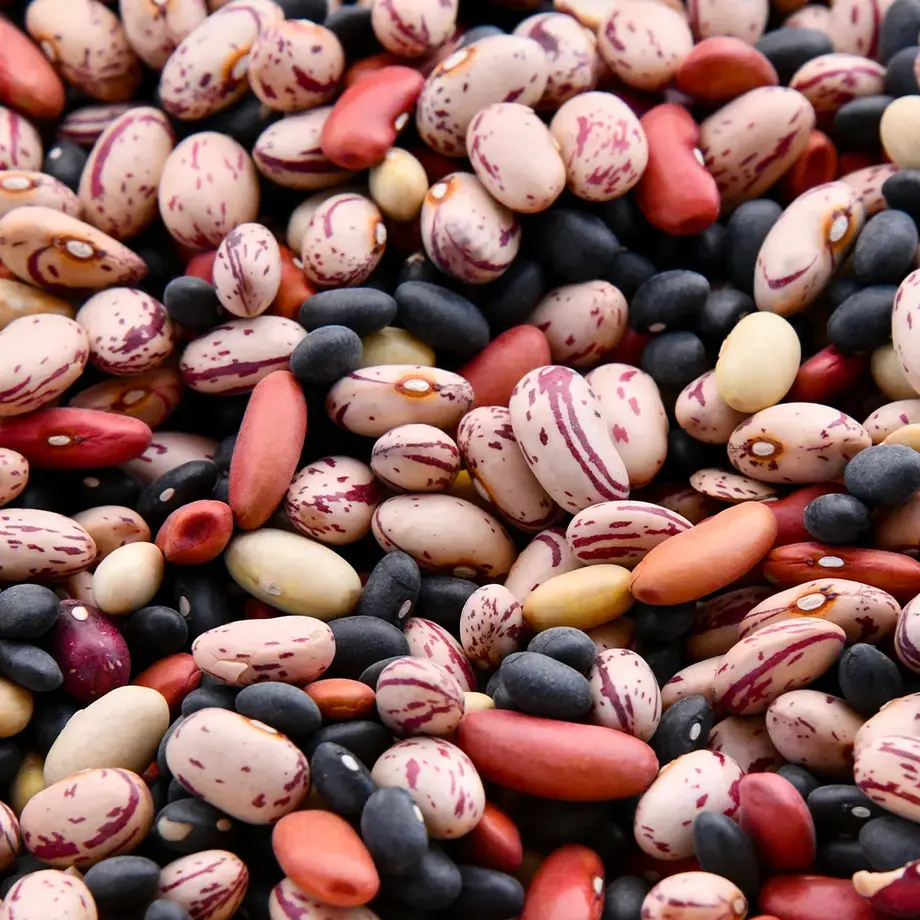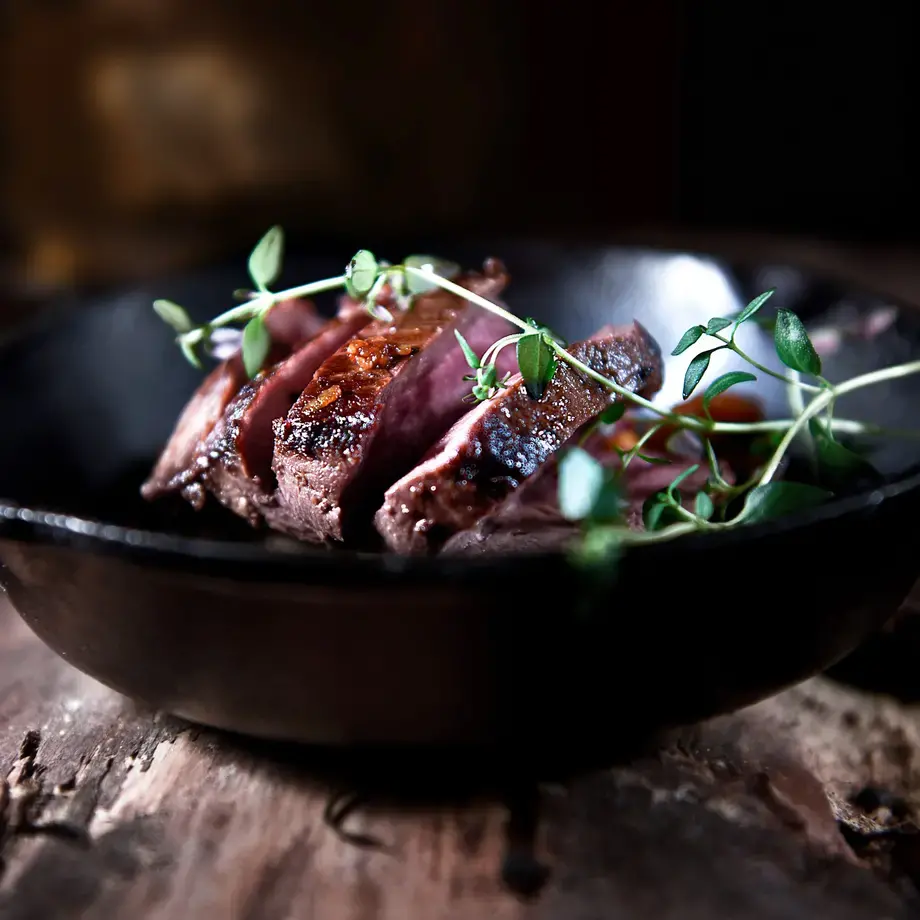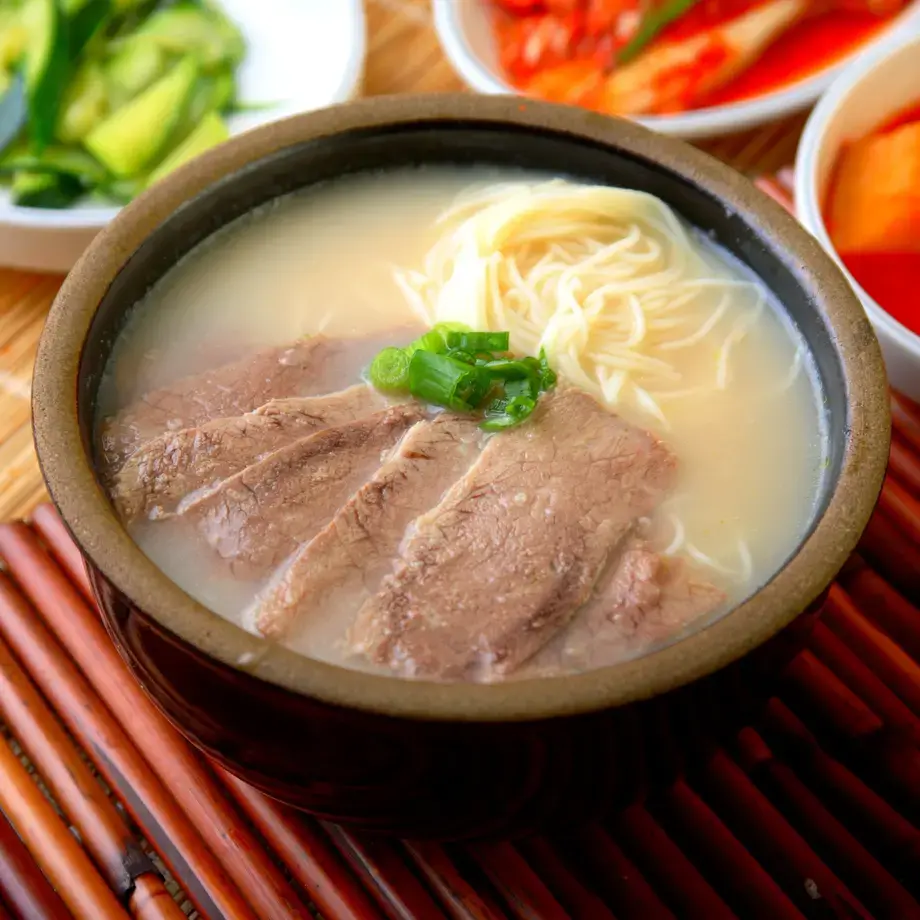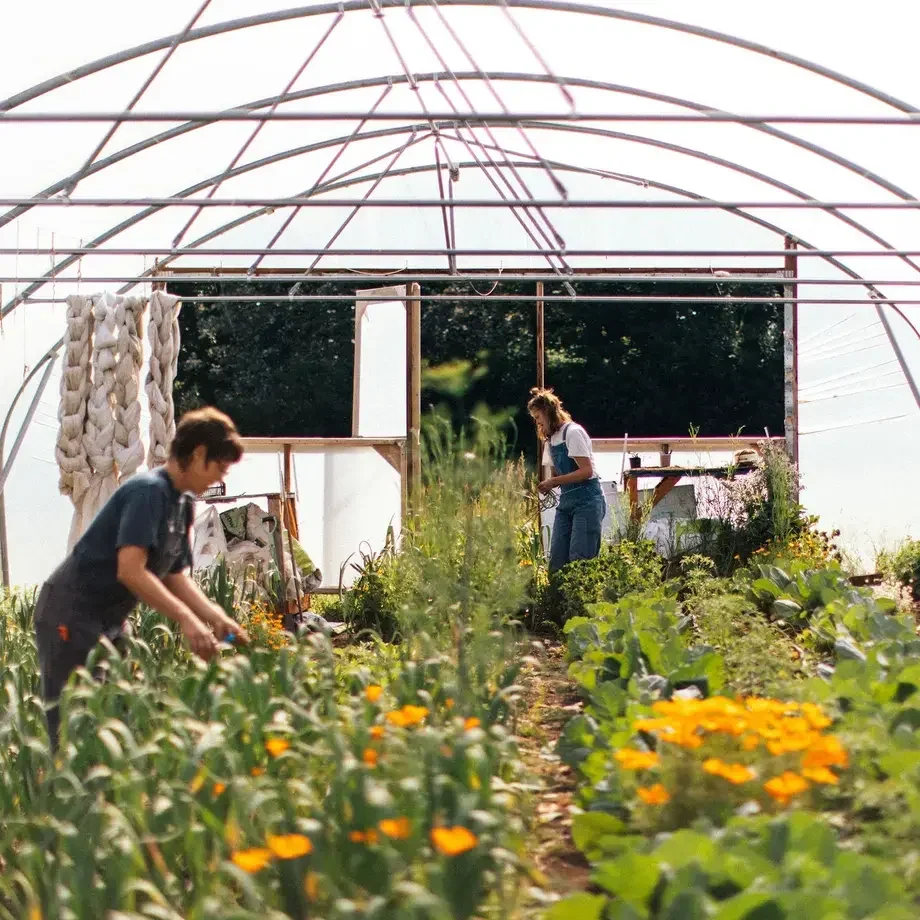Perfectly cooked pasta should be tender but firm, capable of holding lots of delicious sauce without collapsing or going soggy. Hit that sweet spot every time with our guide to the perfect cooking times for different types of pasta, and wave goodbye to overcooked, limp pasta forever.
Cook the pasta last
Pasta should be served as quickly as possible after cooking, or it will start turning gluey and sticking together. To prevent this, make sure you have everything else ready, including the sauce, while the pasta is still cooking.
Use lots of water
The pasta should have space to move around the pan, even after it has soaked up some water and expanded, so use a large pan with plenty of water. This also helps with retaining heat, so the water can be brought back to the boil more quickly after adding the pasta. You should use at least 3 litres of water for every 250g of pasta.
Use lots of salt
The only way to season the pasta itself is to season the water, so be generous with the salt. It is often said that properly seasoned pasta water should taste like the sea.
DON’T use oil
Many people add oil to cooking pasta to prevent it from sticking together, but this is not necessary if you use a large enough pan and stir well. It also makes your pasta taste greasy, and prevents sauce from clinging to the noodles, so save your olive oil for better things.
Boil the water first
Pasta will begin soaking up water as soon as you add it to the pan, and will turn soggy if kept submerged for longer than necessary. For firmer pasta, bring the water to a rolling boil before tipping in the pasta.
Leave the lid off
Don’t put the lid onto your pan once the water is boiling. It will just make the water boil over and spill starchy water onto your nice clean stove.
Stir occasionally
Stir the pot well after adding your pasta, and stir again occasionally during cooking. This will stop the pasta from sticking together or to the pot.
Reserve some cooking water
When you drain your pasta, keep back a cup of the cooking water to add to the sauce. This will thicken the sauce, and also helps it to stick to the noodles.
DON’T leave it to dry
Don’t be tempted to leave your pasta to dry after draining it. It needs to be served immediately before it starts turning gluey, and a few drops of water won’t hurt.
Add the pasta to the sauce
Instead of pouring your sauce over the pasta, you should add the pasta to the sauce, then give it a good stir to encourage as much sauce as possible to stick to the noodles. Keep your sauce warm in a wide pan on the stove so you can tip the pasta in as soon as it’s ready.
Best pasta recipes to try
A Sicilian staple found across the island, Pasta con le Sarde has an unusual sweet but sour flavour thanks to its raisins, pine nuts and fennel leaves. Originating from the area around Rome, everyone has their own take on a carbonara but there’s really only one traditional way to do it right. Pasta doesn’t always just have to come with sauce… if you’re looking for a creative way to use up leftover pasta, it doesn’t get any more delicious than this Neapolitan pasta frittata with rocket.
